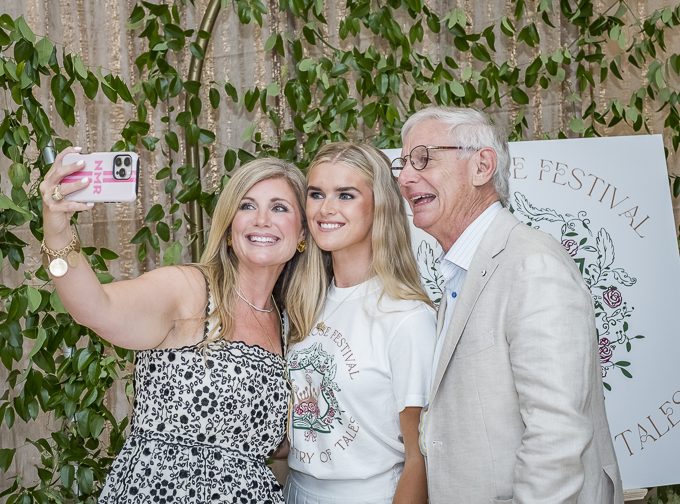Industrial farming feeding the world
Published 10:13 pm Friday, June 19, 2015
This is good news to most rational thinkers — fewer people are hungry than ever before in history. Famine hasn’t been eliminated, but it’s now a political event, not the default condition it was for so many centuries of human history.
And even though screeds such as Paul Ehrlich’s “The Population Bomb” predicted food riots and mass starvation, we’re producing more food now — per capita — than ever before.
Trending
It’s only not good news to the urban elite who have never known hunger. Writing in the left-leaning Pacific Standard magazine, columnist James McWilliams laments effective and efficient food production.
“Calls for local, sustainable, slow, humane, organic, non-genetically modified, fair-wage, ‘real’ food are not only ubiquitous, they’ve inspired a farm-to-table movement that seeks to end industrialized agriculture, empower small farmers, and replace Walmart with farmers markets,” McWilliams writes. “These efforts have spawned a unique public discourse, one ubiquitously re-iterating the message that industrial agriculture wreaks ecological havoc, endangers human health, and exploits workers in order to produce food that’s overly processed, overly cheap, and overly globalized.”
These are the things hipster foodies agonize over, but they’re not reality. Let’s take his claims one-by-one.
First, does “industrial agriculture” wreak economic havoc? Certainly not in the U.S. Agriculture here is making great strides in cleaning up its act — indeed, the less advanced and more primitive a country’s agriculture industry is, the more it pollutes. That happens on a local basis, as well.
The Milwaukee Journal-Sentinel recently reported, “Larger farms spend millions of dollars to comply (with environmental regulations). Smaller farms aren’t held to these standards.”
Does industrial agriculture endanger human health? That’s a vague accusation, but perhaps we can fill in some blanks. First, massive production of food in the U.S. saves millions around the world from starvation every year, through trade and aid. So, no on that count. Does McWilliams mean GMOs, perhaps? But there’s no evidence GMOs hurt anyone (even Mother Jones magazine acknowledges this).
Trending
More likely, McWilliams means they grow the wrong kind of food; later in his article, he bemoans land used for livestock production that could be used for growing plants. But that’s a political and philosophical argument — not a scientific one.
Third, does industrial agriculture exploit workers? We can safely respond, “not as much as pre-industrial agriculture.”
McWilliams makes it clear he’s unhappy that a foodie revolution hasn’t taken place.
“It is, therefore, incumbent on any food reform effort that hopes to achieve real structural change to think above and beyond the more-expensive-substitute approach to eating,” he writes. “Rather than tinker with the status quo, it must re-define what it means to eat.”
He knows exactly where to start: “Begin with animal domestication. It’s got to go. Given the centrality of animal products to industrial agriculture (and many other industries), to attack the raising and slaughtering of animals would be a far more effective way to change our food system…”
The point here is that our food system doesn’t need changing. It’s working better than ever before in the history of mankind. And that’s something to celebrate.







